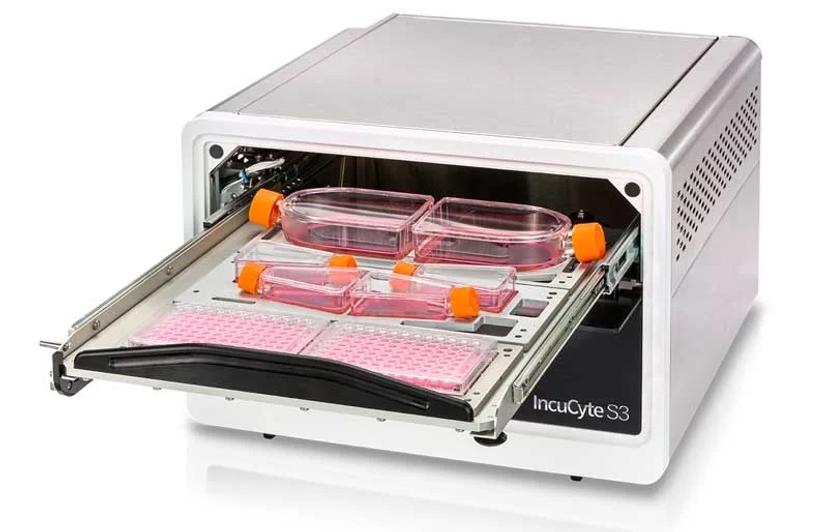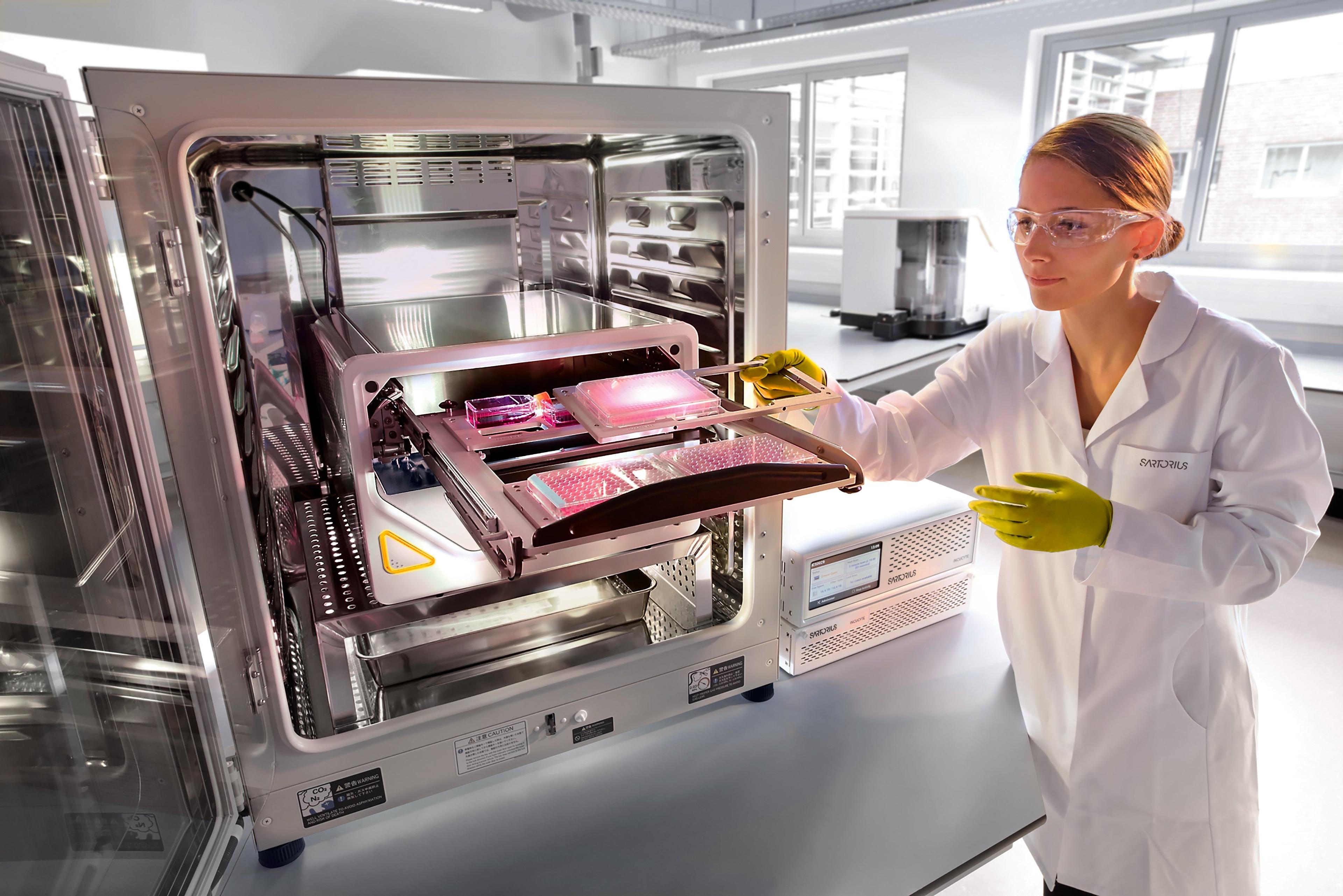Gaining the most insight from critical quality attribute measurements
Live-cell analysis can help ensure the efficacy of your critical quality attribute measurements
4 Jul 2022

Critical quality attributes (CQAs) are essential for process development of therapeutics in many disease areas, including immuno-oncology. They are crucial for helping to control the steps of your process, and to ensure that the outputs of your processes are of high quality.
In this article, we speak with Dr. Kishore Katikireddy, External Collaborations Project Manager at Sartorius, about the importance of CQAs, the challenge of selecting the right ones, and how using the right equipment can make the process better.
Finding the right CQAs for your process
CQAs are not only required for processes that will lead to therapeutics, but are an essential part of quality-control and scientific assessment throughout your processes. However, selecting which attributes to measure can be challenging.
Katikireddy explains the importance of CQAs, “Each process of developing a cell therapy or advanced therapy is different. The critical quality attributes will control the process as a gatekeeper for a successful process – the quality of the product that you are getting at the end will be determined by these CQAs in the process.”
CQAs become especially important in downstream steps such as manufacturing, as they will be scrutinized by regulatory bodies. Katikireddy elucidates, “When you move on to manufacturing you have regulators who are carefully looking into the critical quality attributes in your whole process. So, critical process parameters and critical quality attributes go hand in hand.”
Selecting the right CQAs will be based on previous research and must have a solid footing in experimental evidence. The CQAs also need to be measured at critical time-points during the process. Katikireddy mentions induced pluripotent stem cells (iPSCs) as an example, “When you’re differentiating iPSCs into cardiomyocytes or pancreatic cells, you need to make sure that you are getting the right cells after adding growth factors. Your goal is to test in the middle of the process to see if you’re getting the cells that you’re expecting.”
Deciding how to analyze the markers is the next step in designing the optimal process. “Once you choose the marker, the next challenge is how to run those markers in the critical quality attribute test or cell analysis,” says Katikireddy.
Keeping the process simple, and the data rich
Once you select the right CQAs, it is essential to put in place processes using assays and equipment that measure the selected markers as efficiently and effectively as possible.
With live-cell imaging you can clearly see when the immune cells start killing the cancerous cells.
Dr. Kishore Katikireddy Sartorius
Katikireddy explains some of the ways that Sartorius works to support its customers to overcome these challenges, “Where Sartorius helps our customers develop those assays, is with our equipment and our technologies. For example, with theIncucyte® Live-Cell Analysis Systems we focus on several testing methods that include proliferation assays, apoptosis assays, cytotoxicity assays, cell cycle assays, and assays for monitoring ATP and mitochondrial integrity. There's even more that you can do with the Incucyte.”
Katikireddy explains, “Say for example, you have an excellent process for developing CAR-T. But before putting these cells into the patient, how do you verify that they are going to kill the cancer?”
“The Incucyte will let you see tumor killing as it happens and measure the kinetics,” continues Katikireddy. “For example, you might be working with manufactured immune cells that target hematopoietic cancer cells, or a pancreatic solid tumor. You take the immune cells and cancer cells and put them together into the Incucyte and observe under the microscope. With live-cell imaging you can clearly see when the immune cells start killing the cancerous cells. The Incucyte helps scientists understand and quantitate this process in the critical quality attributes before moving on to clinical applications.”

Adapting to other cell culture systems
To continue to drive innovation and improvements, Sartorius is using their expertise in other areas to support work in advanced therapies. “We want to use our technologies and techniques in protein-based therapies and small molecules, and extrapolate those to advanced therapies,” attests Katikireddy.
This will include finding ways to increase the number of cells that researchers are working with during their assays and processes, as Katikireddy explains, “Ten years ago, we were only focusing on 2D adherent cell cultures. But now, there is a shift toward more physiologically-relevant 3D cultures that better mimic the complex tumor environment. So, scientists had to find a way to make that possible, while keeping the process simple.”
“That's the goal of Sartorius,” concludes Katikireddy. “We simplify the process, while letting the scientist drive richer data from more complex cell culture models, like organoids and spheroids. They can grow more cells in less volume and in less time, which in turn will reduce the cost of goods. That in turn helps reduce the cost of the final therapeutic for patients. That is the goal.”
What our community say about the Incucyte® Live-Cell Analysis Systems:
"The product is really simple to set up and use. It's becoming a work horse for our lab. It gives great replicable data and is providing us with very insightful real time analysis of different treatment of live human primary cells in culture.”
"Product is great and now an indispensable piece of equipment for our research. Initially our lab was the main user and now several groups use this. We have several publications based on the findings from the use of this machine."
"We have been using the Incucyte machine for over 3 years now and I have to say that this machine by far is the best and easiest to use for functional assay as well as for screening of libraries. The quality of the output is great and I would surely recommend this to my collaborators and networking conference attendees."

